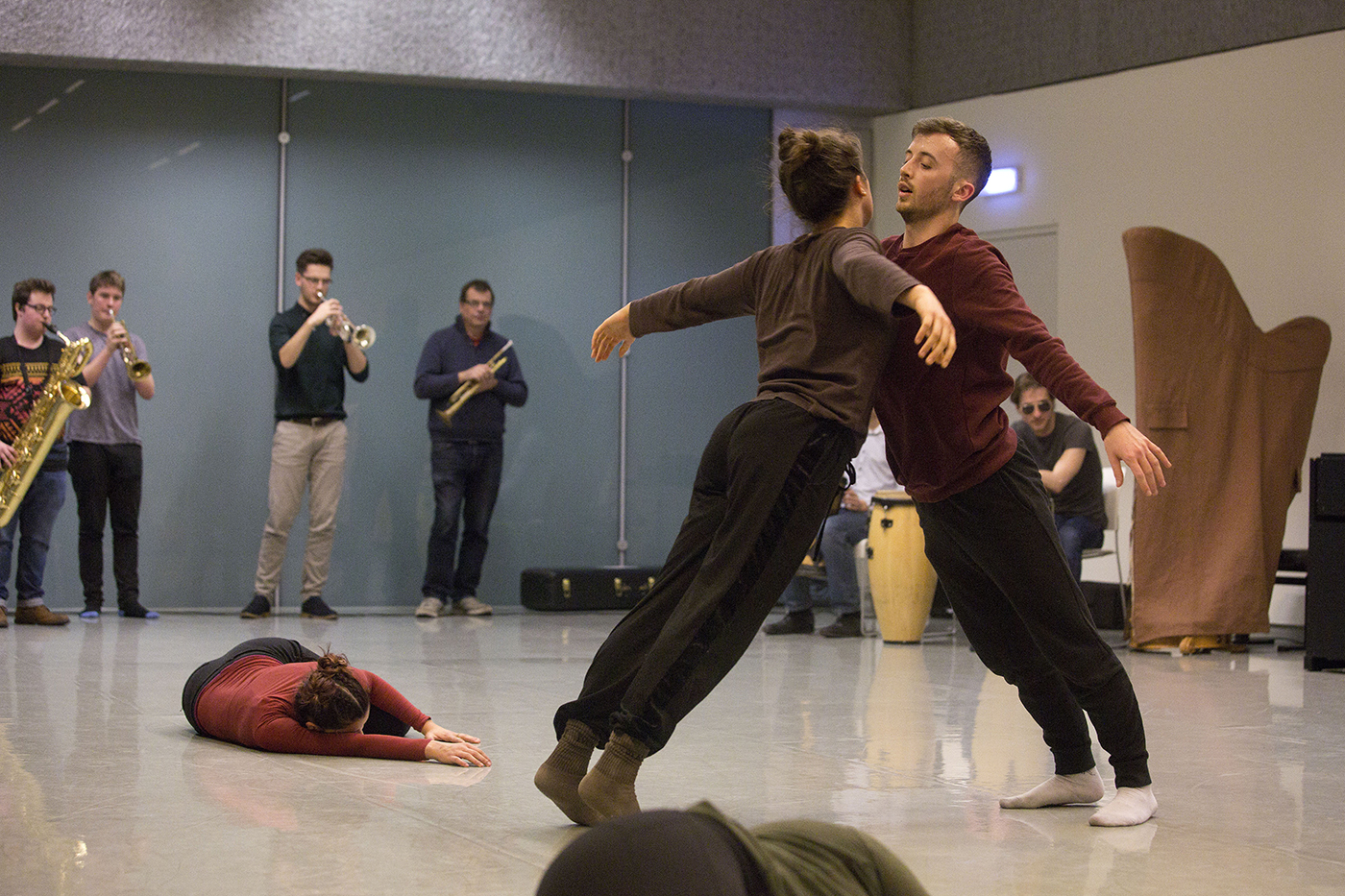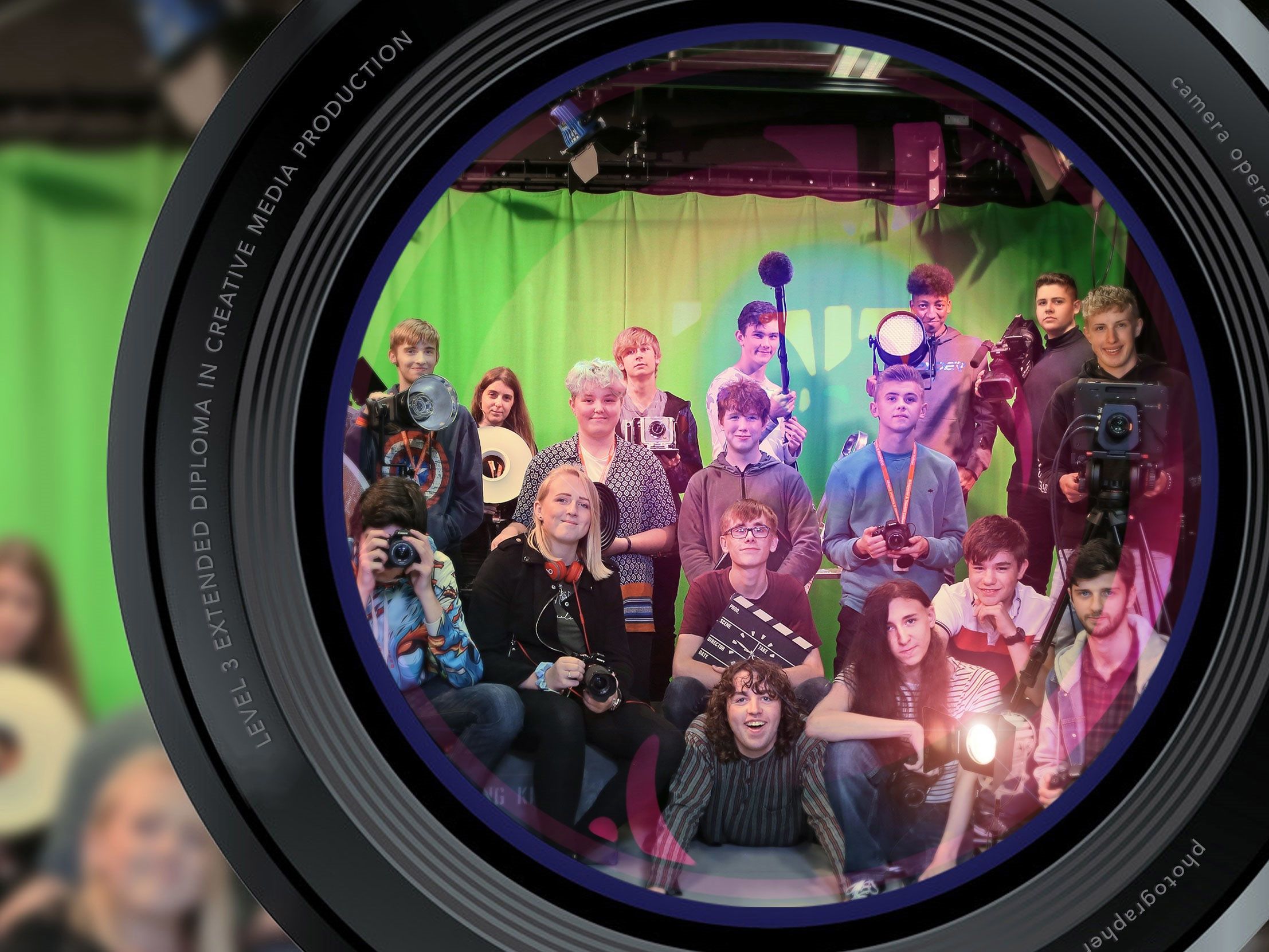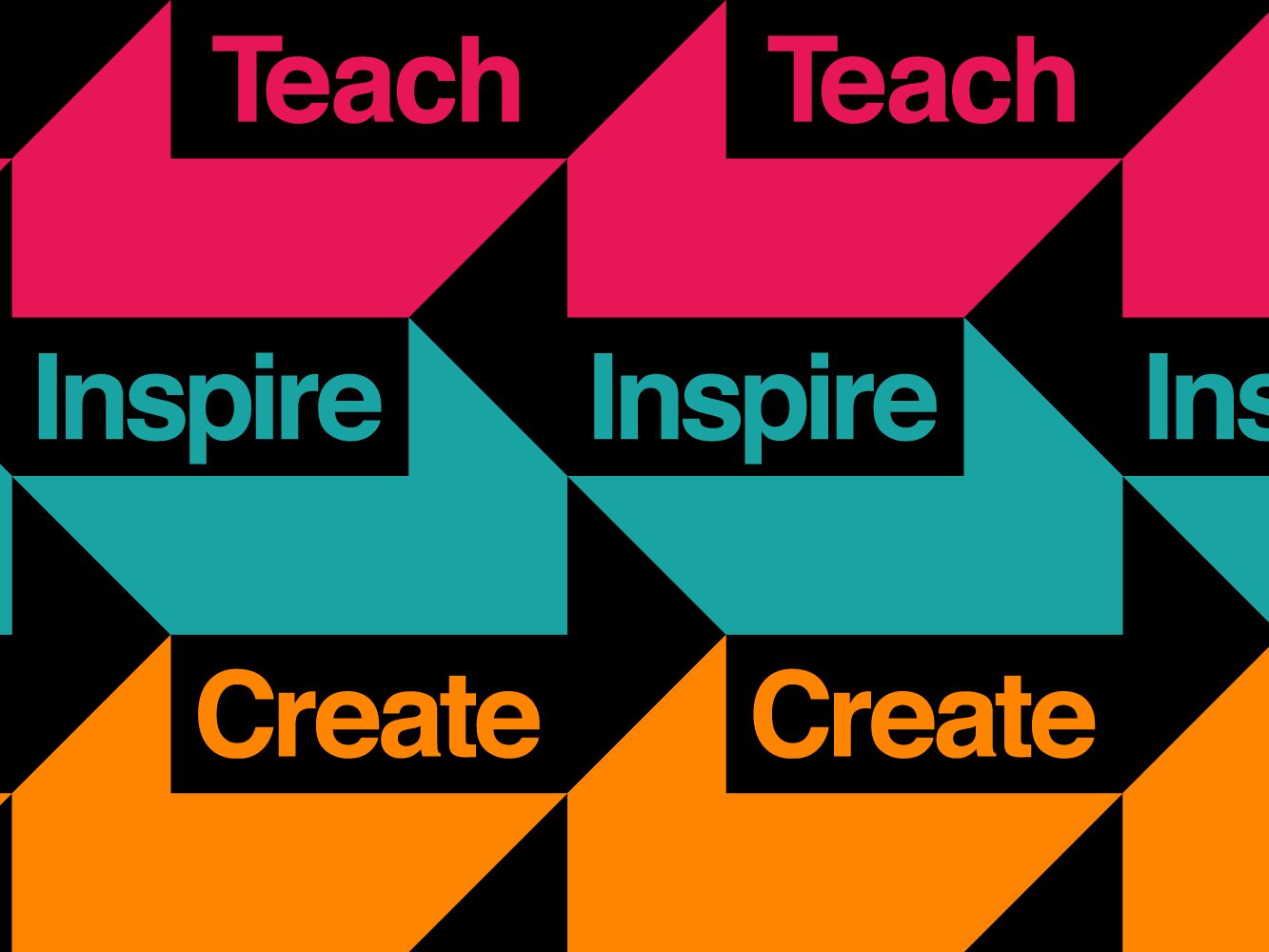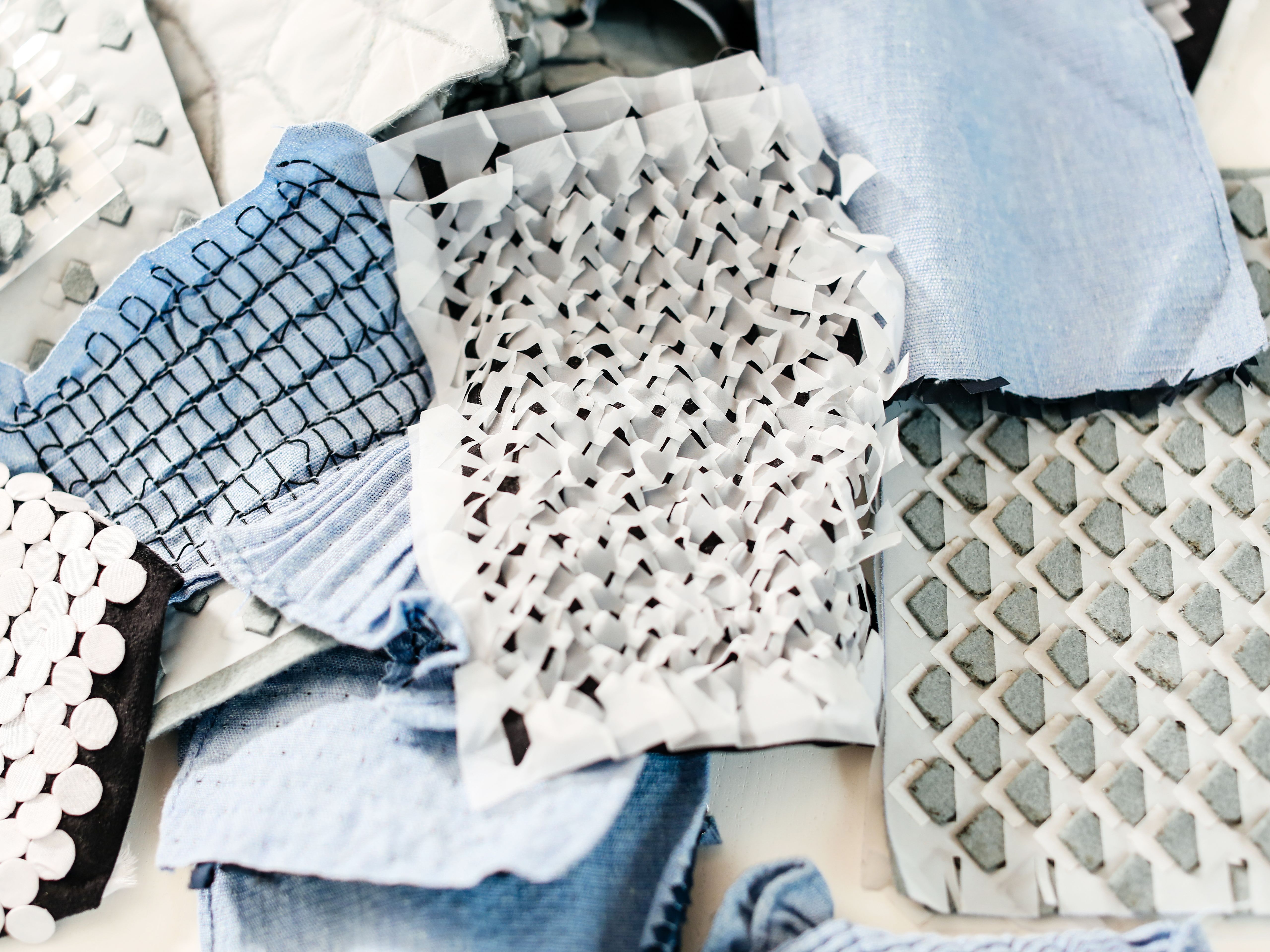In advance of our final Inspire keynote of the academic year, we asked speaker Joe Townsend to break down his eclectic career in music and performing arts teaching so far. In this blog he discusses his route into teaching and how his varied learning and performing experiences over the years have influenced his risk-taking and entrepreneurial-focused style of teaching. Read on to find out more about his inspiring story.
As a teenager in the 1970s, I took up the electric bass that I paid for by delivering vegetables. I taught myself to play, dividing my teenage years between punk groups and Ceilidh bands, a mix of chaotic noise making and solid dance music. I left school at sixteen and picked up a violin while working at a market in Kent. I fell in love with playing the violin and went to live in Europe, busking, playing in bars and getting into any music that I could. I became a member of an international community of musicians who were into everything from jazz to Irish music via Romanian folk music and bluegrass. At eighteen years old, we fiercely believed that you had to play together as much as possible and spend the rest of the time practising and living life to the full. The rejection of any kind of formal education was essential and just as well given that there was nowhere to study the type of music that I was into – Fairport Convention, Lightnin’ Hopkins and the Clash.
A few years later, aged twenty-three, I came back down to earth with a heavy thud after being accepted to a conservatoire on a postgraduate jazz programme where I had my first ever violin lesson. I still feel sorry for my violin teacher, Mr Aronoff, as I don’t think he knew where to start with my self-taught technique. Lessons were painful for me, too; he used to politely wince as I sawed my way through Haydn’s Violin Concerto in G major. However, I persevered, and to his credit, so did my teacher.
Mr Aronoff had studied with Gyorgy Garay in Budapest, who learned from Joszef Bloch in the early twentieth century, who in turn was a pupil of Hubay who studied under Karl Halir, famous for his first performance of the Sibelius violin concerto. Finally, over a few generations, the line extends back deep into the eighteenth century and the founder of the French School of violin, Giovanni Battista Viotti. Thankfully for the future of classical music, I wasn’t Mr Aronoff’s only pupil.
This apostolic succession is the bread and butter of classical conservatoire training and ensures that music’s secrets are handed down and preserved. Learning this craft takes perseverance, dedication, surrender and critical thinking. With luck and a passion for playing, after many hours of practice for over several years, you become a professional violinist.
Since then, my life has been a series of gigs, composition, sound design, community work, teaching, playing the fiddle in many different genres. Twelve years ago, I settled into higher education at Trinity Laban, teaching improvisation and music workshop skills and tried to ignore an ever-present imposter syndrome.
I joined a world that trained hundreds of students for a profession in a music industry that is very different from the world of the eighteenth century. Despite their incredible musicianship and the craft of playing, it was clear that students needed something more. Musicians need sustainable futures and relevance, so I introduced project-based work that allowed them to set their agendas and find ways to apply their learning.
Suddenly, final-year students took Balkan brass bands to festivals, ran workshops in care homes, set up businesses and record labels, formed composition collectives, and collaborated with other art forms. We introduced marketing into the curriculum, which led to student-led social media campaigns, collaborating with the institution’s marketing team in delivering and branding content. We discussed portfolio careers, took concerts into schools and taught workshop and leadership skills. As the students were finding new directions and applications of their art, the employment statistics went up, which was popular with the Board of Governors.
For the students, this type of study was as equally challenging as rewarding, with Marketing and Business Plan writing having a Marmite effect in the institution’s community. From my perspective, the students looked like they needed to have more fun and to have greater ownership over their learning.
Ten years ago, we created CoLab, a festival, when for two weeks every February, all other teaching and performance activity is put on hold. I wanted to create an environment where students have a space to play and the permission to do their own projects, try things out, and work together to understand creative risk without the fear of failure or grades. The last ten years have seen over eight hundred different projects ranging from the Pretty Vacant Punk Orchestra to Afrobeat and interdisciplinary work with a growing focus on work with political, social and identity agendas.
This year, under Lockdown, like so many other institutions, we have had to adapt to artistic isolation, and we made our own socially distanced version of CoLab, which wasn’t easy. Still, if creativity is about problem-solving, then we had to find ways to make things work as educators. What’s more, pretty much everybody had a go at filmmaking.
The teaching that allows students the freedom to learn in their own way is known as Heutagogy. It is non-linear, about developing capabilities as well as competencies, in which students and teachers continually critically reflect in partnership, with a focus on learning how to learn. It is about creating a space, structure and community in which this learning can happen. And at a time when there is so much noise, learning must also be about understanding the often-overlooked element of music – silence.
It was Paulo Freire who said, “Education…becomes the practice of freedom, the means by which men and women deal critically and creatively with reality and discover how to participate in the transformation of their world.”
As teachers, we are on the cusp of a digital revolution in education. Study will become more flexible and accessible to more people. We will need to work collaboratively, resourcefully and adapt to a post-Covid future, and by 2030, education will look very different. Through new approaches to teaching and programme design, we can help develop the next generation of artists who will make the changes and shape the future. But we can’t afford to leave behind the teaching of those great masters of the violin, art, fashion design, dance, theatre media or music production.
Joe Townsend is the Head of CoLab and the new BA in Music Performance and Industry at Trinity Laban.
Join him for his Teach Inspire Create Keynote, The artist as changemaker in a changing time, on Friday 21 May at 2pm.
In this session Joe will introduce learning and teaching strategies for early career survival that lead to sustainable and rewarding futures for creative artists. The session is intended to propose ideas and stimulate debate, so that together teachers can also create change in uncertain times.
All delegates must book a place to attend. Booking in advance is also highly recommended.
Image: Trinity Laban CoLab





